This is the second of two essays that formed the basis of a presentation given to the Sydney Traditionalist Forum on 15 September 2018 by Prof. Andrew Fraser, as part of the Forum’s “Quarterly Inquiry Series”.
♣
I
Introduction
The brute military reality of the Norman Conquest received formal constitutional recognition on Christmas Day, 1066 when William, the victorious Duke of Normandy was installed as William I, King of England. At William’s coronation, the bishops of the kingdom anointed him with holy oil, thereby consecrating him as an English priest king. Despite his Norman origins, William possessed a credible claim to “the loyalties inherent in English kingship”. Certainly, the ecclesia Anglicana readily acknowledged William as the direct and legitimate successor to his royal kinsman, Edward the Confessor. He received the blessing of the kingdom’s bishops as “the legitimate, and consecrated, holder of all the royal rights of the ancient English dynasty”. In keeping with Old English tradition, the bishops “once more prayed that this new Norman king would foster, teach, strengthen, and establish ‘the church of the whole kingdom of the Anglo-Saxons, committed to his charge, and defend it against all visible and invisible enemies’”.1 Time would tell whether their prayers were answered.
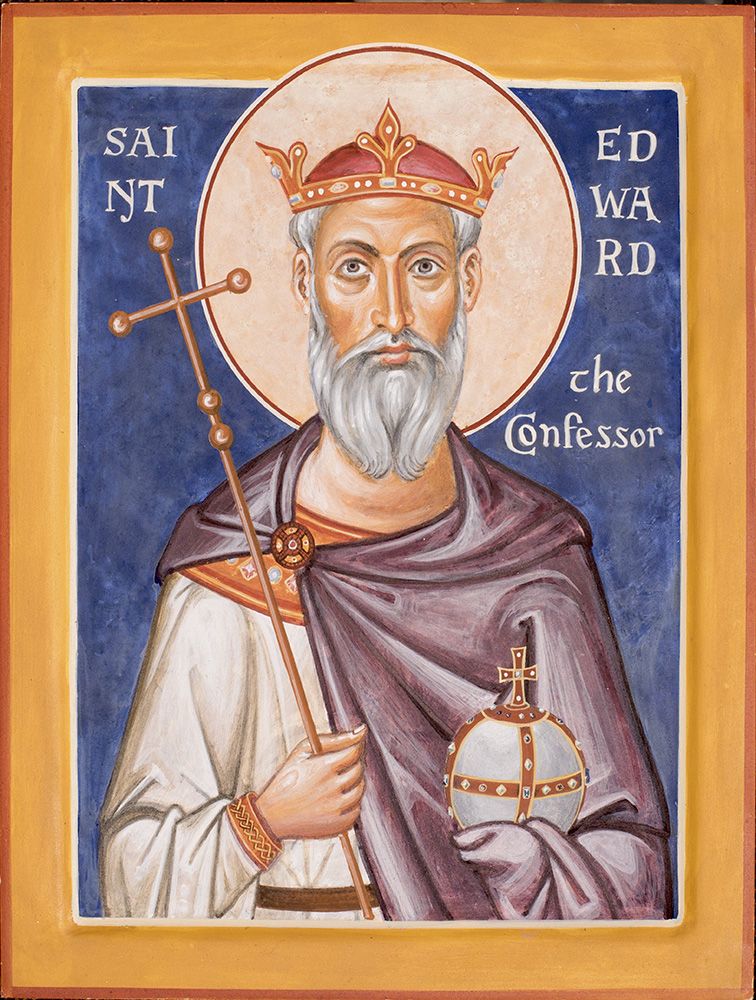
Edward the Confessor (b. 1003 d. 1066)
Ironically, not long afterwards, the Pope in Rome chose “to deny that royal unction was an indelible sacrament giving the king the status of a priest”. That doctrinal shift was but one corollary of the revolution in political theology foreshadowed in 1075 by Gregory VII’s Dictatus Papae. This private memorandum, written “for an unclear purpose and never circulated,” set out the foundation principles of a new-modelled papal absolutism.2 The Pope declared in blunt and uncompromising terms that secular princes and kings were subordinate to the spiritual authority vested in the “Roman Church [which] was founded by God alone”. For Gregory, it followed that “the Roman Pontiff alone is rightly to be called universal”. The Pope took it as axiomatic that he alone, as the Vicar of Christ, possessed the power to “depose and reinstate bishops”.3
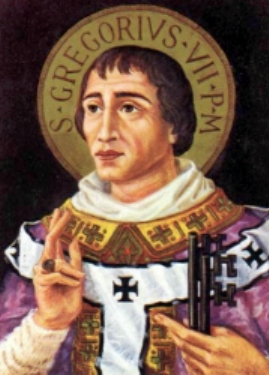
Pope Saint Gregory VII (b. 1015 d. 1085)
Gregory’s determination to assert papal control over bishops flew in the face of Old English custom. “Although bishops were technically subject to election, apparently conducted at synods before the mid-ninth century, in practice there were strong incentives for episcopal communities to favour candidates amenable to royal interests”.4 But Gregory’s claims were not confined the internal constitution of the Church. He added insult to injury by boasting that “the Pope is the only one whose feet are to be kissed by all princes”. Gregory’s presumption of spiritual hegemony over secular rulers expressly included the power to “depose Emperors” and “absolve subjects of unjust men from their fealty”.5 This revolutionary theory of papal monarchy inevitably forced the nominally English priest-king William I upon the horns of a dilemma. Had not William I sworn to defend a particular local church? After all, it was not the universal Roman Church that had been committed to William’s charge.
Was it not the church belonging to the whole kingdom of the Anglo-Saxons (i.e. the Angelcynn church established by Alfred the Great) that had anointed William, by the grace of God, King of England? If the Old English bishops who presided over royal unction at William’s coronation were indeed a channel of divine grace, did the Holy Spirit come directly to them from the Father or did grace first flow through the Vicar of Christ, the Son in Rome? As a matter of Old English customary law, the holiness or heil attributed to Anglo-Saxon kings never had derived from or depended upon the Bishop of Rome. William I and his subjects were presented with a problem by Gregory’s revolution in political theology: Was the Roman Church, henceforth, to be the inveterate enemy of the Angelcynn cult of sacral kingship?6 Opinion on that issue has been divided ever since.
II
The Old English Church: Roman or Angelcynn?
In 1080, Pope Gregory VII gave practical expression to his revolutionary model of papal monarchy when he demanded “that William should do him fealty in respect of the kingdom of England”. William refused to comply. The Anglo-Norman monarch had a very different “conception of his rights as a king within the Church”. William believed that the Christ-centred monarchy of Old England “legitimized the control by a king over the Church throughout all his dominions”.7 To “perform his duty of securing the welfare of the Church within his dominions” a priest-king was bound to “resist any division of loyalty among his subjects”. Contemplating the prospect of a disputed papal election, William announced that “no pope was to be recognized within his realm without his consent”. Accordingly, ecclesiastical law was to be made by church synods convened by William while ecclesiastical penalties imposed on his barons and officials were subject to a royal veto power.8

Hilaire Belloc (b. 1870 d. 1953)
One need not infer, however, that such royal resistance set William in opposition to the reforming thrust of Gregory’s Papal Revolution. Indeed, while noting the inevitable friction between king and pope, staunchly Catholic biographer Hilaire Belloc does not hesitate to identify William as a life-long champion of the papacy and the Church, in turn, as “the principal support of William from the beginning”. Belloc maintains that, throughout his reign, in both England and Normandy, William was the firm ally of that “universal society with its chief at Rome”. In fact, he anchors William’s monarchical legitimacy not in Anglo-Saxon law and tradition but in its “general acceptance throughout Christendom”. Like other “triumphant Norman adventurers,” William joined forces “with the reinforced Papacy, for it was the moment of the restoration of the Papacy and the great Cluniac reform, the purging and consolidation of the Church”. In Belloc’s eyes, William’s exemplary efforts to reform and strengthen clerical organization in both Normandy and England made him “of all the monarchs of the west, the one most closely bound to the new order of the Church.9
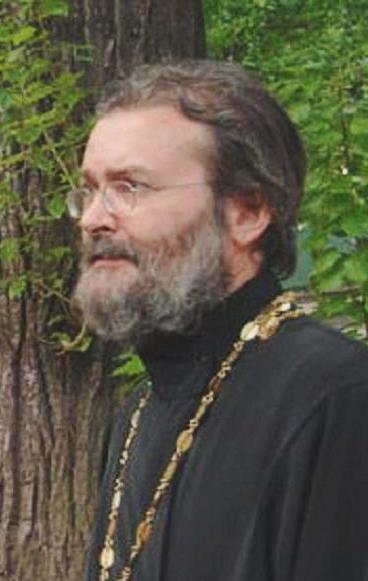
Fr. Andrew Phillips (b. 1956)
Belloc’s overwhelmingly positive evaluation of William’s relationship with the papal monarchy seems to have won implicit acceptance within the cosmopolitan fraternity of professional historians. Belloc wrote as a Roman Catholic pan-Europeanist, de-emphasizing the importance of English national feeling. To grasp William’s place in history, he urged his readers “to forget the modern ideas of nationalism”. Language and race contributed less to the collective or personal identity of people in medieval Europe than the Christian monarchies governing them. England in particular was in 1066 “a province of Christendom which has surged and tumbled, during all living memory before Edward’s accession, in a sort of chaos”. The whole “business from Hastings onwards is essentially the re-entry of Britain more fully and finally into the European unity of which of course it had always formed a part”.10 In a similar vein, David C Douglas remarks that the success of the Norman Conquest reshaped “the medieval destinies of England” as that nation was “deflected from Scandinavia towards Latin Europe by a descendant of the Viking Rolf”.11
Of course, not everyone shares such an anodyne view of William’s impact upon the ecclesia Anglicana. Fr. Andrew Phillips does not dispute the consensus view that William worked to advance the reform program of the papal monarchy. But as an English Orthodox priest, Phillips views the Papal Revolution as one of the principal mechanisms fastening the tyrannical Norman yoke more securely upon the whole kingdom of the Anglo-Saxons.12 The inherited stock of spiritual capital belonging to the Anglelcynn was captured by an increasingly centralized proto-state legitimized by the Roman Church. The newly-Norman episcopacy set over the historic ecclesia Anglicana joined forces with the Roman Pontiff to divide and harry the Old English nation. “Men wept as the golden age of Christianity in these islands that had lasted a millennium and more ended in blood and strife”. The Faith of Old England, of the church regenerated by Alfred the Great, “the life-wisdom of noble ideal and practical sense, was perverted into the arid booklore of brain-ridden schoolmen and jurists”.13 Clearly, Fr. Phillips is no fan of the medieval papacy; he would be wrong, however, to cite the once-commonplace view that William of Normandy fought the Battle of Hastings under a papal banner.
III
William the Conqueror: Spearhead of the Papal Revolution?
As we have seen, Belloc’s popular biography of William the Conqueror portrays him as a champion of the “reformed” papacy. As late as the 1960s scholarly works routinely asserted that “Duke William was to fight at Hastings under a papal banner, and with consecrated relics round his neck”.14 This story has its origins in an eleventh-century account written by “a contemporary witness of the events of 1066” and later the Conqueror’s own chaplain, William of Poitiers. More recently, Catherine Morton has demonstrated that it was most unlikely that Gregory’s predecessor Pope Alexander II ever gave public support to the Norman Conquest of England. “The disposition of the reforming popes to extend their power over lay rulers had not yet in the time of Alexander II plunged the church into warfare against Christians, and there was, in fact, no precedent for the church’s urging one Christian ruler into battle against another”. Morton pours scorn upon the discrepancies in the chronicle prepared by William of Poitiers “an unsuccessful sycophant who does not even trouble to make his various falsehoods fit together”. Poitiers’ lack of credibility, “as well as the total lack of confirmation of [his] story in the other eleventh-century sources … suggest that … King William’s chaplain…invented it”.15
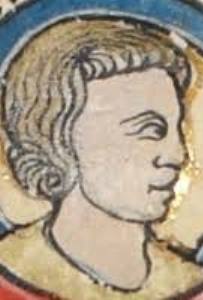
William of Poitiers (b. 1020 d. 1090)
It was, of course true that Gregory VII, or Archdeacon Hildebrand, as he was in 1066, had urged Alexander II to “sanction the aggression of a Norman war-host” set to invade England. But nowhere in the historical record “is there any hint that Alexander supported William’s invasion”. When Gregory VII wrote to William in 1080 soliciting the Anglo-Norman king’s support on other issues, the Pope fails to cite his earlier intervention on William’s behalf as a personal debt of gratitude now owing by the King to the Pope. Such an omission “must of necessity mean nothing less than total failure of his efforts on William’s behalf in 1066”.16 By the same token, however, it cannot be denied that from an early date William was ad idem with powerful figures in the Roman See, men who expected the Norman conquest of England to advance the revolutionary renewal of the papal monarchy.
IV
William the Conqueror as Fellow-Traveller in the Papal Revolution
Belloc certainly portrays William I as at the very least a fellow-traveller in a military, political, and theological campaign, cosmopolitan in origins and revolutionary in its goals, to transform the Old English church, the papal monarchy and Christendom generally. A “very necessary piece of reform, part and parcel of the time, the separation of the ecclesiastical from the civil courts” was “specifically William’s work”.17 Those long-accustomed to the rationalist and legalistic jurisprudence of the Western legal tradition tend to minimize or miss altogether the truly revolutionary character of this program. It is easy to forget that the Old English church’s Germanic Christianity was steeped in primeval, magico-religious practices and pre-modern ways of knowing resistant to analytical reasoning.18
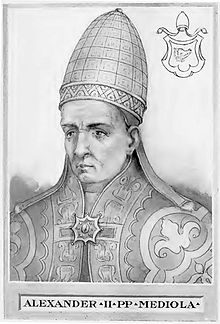
Pope Alexander II (b. ? d. 1013)
As a consequence, ecclesiastical jurisdiction prior to the late eleventh century “lacked precise boundaries”. In fact, there “was considerable overlapping between the competence of ecclesiastical authorities and that of secular authorities”. Even “within the church there was no clear division between matters that came before a priest or bishop in his capacity as father confessor and dispenser of penitential remedies, on the one hand, and matters that came before him as an ecclesiastical administrator or judge, on the other”. It was the sacramental character attached to the ordination of priests and bishops that endowed them with authority, not their formal legal jurisdiction.19
Just as the king was also a priest, priests participated in the divinely-inspired majesty of royal power. This state of affairs confused and obscured the chain of command in both church and state. Reform from above was the solution to that problem. As Harold J. Berman puts it “the Papal Revolution, with its liberation of the clergy from the laity and its emphasis upon the separation of the spiritual from the secular … made it both necessary and possible to place more or less clear limits upon, and hence to systematize, ecclesiastical jurisdiction”.20
It, therefore, “fell to William to initiate a new phase of church reform in England no less than Normandy”. This was not just a matter of liberating the church from secular control; it also required the “strengthening of the ecclesiastical hierarchy. This meant reinforcing the authority of the bishop in his diocese as well as that of the pope in whole church”.21 Prior to the Papal Revolution, Christendom comprised a Commonwealth of local churches in which the Bishop of Rome made no claim to absolute and universal authority over all Christian believers. The church was “not a secular institution, but a divino-human one,” as reflected in “the fact that She [had] no visible Head, but the invisible Head of the God-Man, Christ, present in the Church through the Holy Spirit”.22 The Old English church participated in the Holy Spirit in like manner. But, in accordance with the linear, rationalist logic of papal absolutism, as codified in the “reformed” system of canon law, the Holy Spirit now moved along legally prescribed channels from the Father, through the Son, to the Vicar of Christ seated in Rome and through him to bishops and parish priests administering the sacraments to the laity.
V
The Cultural Dispossession of the Old English Church
However useful such “reforms” were to the Norman conquerors, there is no good reason to believe that they served the spiritual needs much less the ethnic interests of the conquered Angelcynn. On the contrary, it has long been known that “the last phase of the Old English Church” was itself marked by “an almost continual movement of reform which presents some striking similarities to those on the Continent and yet is characterized by peculiarities which enhance its interest”. R. R. Darlington credited the beginning of the indigenous recovery to Alfred the Great who “inaugurated a literary movement of which one of the chief objects was the education of the secular clergy”.23
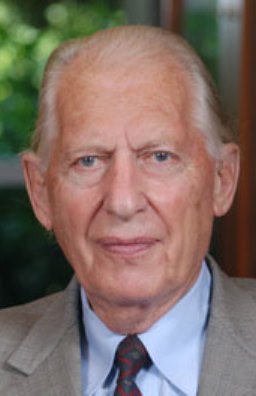
Harold J. Berman (b. 1918 d. 2007)
In the tenth century this autochthonous regeneration process continued with efforts to sub-divide dioceses in southern England. The “zeal for reform was widespread among the higher clergy” who were “to a remarkable degree … recruited from the reformed monasteries”. The chief mission of these “ardent reformers” was “raising the standard of the secular clergy”. Literacy programs were important to such a project. More fundamental was the need to constitute a distinctive clerical culture. The secular clergy were encouraged to conceive the priesthood as a higher calling grounded in the monastic model of common living. Unfortunately, most parochial clergy were, in fact, both married and ill-educated. As a last resort, reformers sometimes substituted monks for clerks in cathedral establishments. The higher clergy were active outside the church as well: “In the reigns of Ethelred and Cnut the influence of the leading churchmen was great and can be traced in the legal codes of the period”.24
It is important to note as well “the abundance of homiletic literature in the vernacular and the bulk of it was suitable for the use of educated parish priests”.25 The Angelcynn vernacular disappeared from the upper reaches of the Anglo-Norman church soon after the Conquest. In monastic libraries Old English as a literary language was ousted by Anglo-Norman and Latin. But the changes in those libraries went beyond “a change in language. There was a shift in interest and in monastic culture”. No longer was the emphasis on “the Anglo-Saxon curriculum” devoted to moral and religious teaching. High theological culture shifted towards the patristic classics and the scholastic “moderns”.26 This intellectual shift too was the work of William. Even the holy spaces of the monasteries reflected the rationalization and legalization of Christianity under the aegis of the Roman Church working in tandem with a Norman king.
Prior to this cultural revolution, Canterbury had been “the Metropolitan Church of the English. The Irish, Scottish and Welsh had theirs”. The Old English church was a characteristic product of what Fr. Phillips describes as the Age of Incarnation. Had this age continued, Western Christendom might have seen “the formation of Metropolitan Churches in different linguistic areas. European Christianity might have developed a confederal pattern of unity in diversity within the Patriarchal See of Rome, a harmony of unity of Faith and autonomy of local Metropolitans”. In those days, “Europe was colonized by monasteries and ascetics” so that the Angelcynn and other Christian ethno-nations were “guided by theology, the knowledge of God, the inspiration of the Holy Spirit”.27
VI
Conclusion
The Papal Revolution and the Norman Conquest inaugurated a new era. A profound world-historical shift took place in the historical trajectory of Western Christianity. William’s supporting role in the Papal Revolution paved the way for the big guns of medieval scholasticism to take aim at the Old English church. Legalism and rationalist philosophy became the hallmark of the theological movement leading the frontal assault on Old English and, more broadly, Germanic Christianity, the syncretic message that the early missionaries had carried to Anglo-Saxon England.28 The newly-converted Anglo-Saxon tribes fused Christianity with a primordial belief in the ultimate unity of the visible and the invisible world. William’s coronation on Christmas Day, 1066 marked the beginning in England of the Age of Disincarnation.29
The Old English, Christ-centred cult of sacral kingship assumed the close involvement of God in the world of his chosen people. By contrast, the Roman Catholic theology of papal supremacy deliberately distanced God from his creation, endowing the church with a monopoly over the spiritual power to mediate between the beyond and the here-below.30 As collateral damage, the Anglo-Saxon cult of sacral kingship was hollowed-out and rendered obsolescent.
William’s experience shows that the papal push to protect and preserve the freedom of the church from secular control had the paradoxical effect of freeing kings to promote their own powers and prerogatives. More broadly, in proclaiming an institutional monopoly upon access to the other world, the Roman Church inevitably fostered a pervasive disposition among the laity to exploit to the full our earthly abode. As a result, we witness the ever-deepening disenchantment of the world.31
 Andrew Fraser was born, raised, and educated in Canada and the United States of America. He taught constitutional law and legal history for many years at Macquarie University, Sydney Australia and is the author of The WASP Question, an inquiry into Anglo-Saxon identity in the context of the modern, globalising world. His Dissident Dispatches is based on his recent experience earning a Bachelor of Theology degree from Charles Sturt University.
Andrew Fraser was born, raised, and educated in Canada and the United States of America. He taught constitutional law and legal history for many years at Macquarie University, Sydney Australia and is the author of The WASP Question, an inquiry into Anglo-Saxon identity in the context of the modern, globalising world. His Dissident Dispatches is based on his recent experience earning a Bachelor of Theology degree from Charles Sturt University.
Read the first essay here:
“Making Angelcynns: How Alfred the Great Responded to the Viking Invasions”
Endnotes:
- David C Douglas, William the Conqueror: The Norman Impact Upon England (Berkeley: University of California Press, 1964), 256-259.
- Brett Edward Whalen, The Medieval Papacy (New York: Palgrave Macmillan, 2014), 98.
- Gregory VII, “Dictatus Papae,” in Brian Tierney, ed., The Crisis of Church & State 1050-1300 (Englewood Cliffs, N.J.: Prentice-Hall, 1964), 49-50.
- David Pratt, The Political Thought of Alfred the Great (Cambridge: Cambridge University Press, 2007), 56.
- Gregory VII, “Dictatus Papae,” 49-50.
- Cf., Sarah Foot, “The Making of Angelcynn: English Identity Before the Norman Conquest,” (1996) 6 Transactions of the Royal Historical Society
- Douglas, William, 340-341, 259.
- Ibid., 342.
- Hilaire Belloc, William the Conqueror (Rockford, IL: Tan Books, 1992 [original ed., 1934]), 42, 63, 31.
- Ibid., 27, 23, 62.
- Douglas, William, 159
- On the myth of the Norman yoke, see Christopher Hill, Puritanism and Revolution (New York: St. Martin’s Press, 1997 [original ed., 1958]), 46-111.
- Andrew Phillips, Orthodox Christianity and the English Tradition (Norfolk: English Orthodox Trust, 1995), 154-155.
- Douglas, William, 188.
- Catherine Morton, “Pope Alexander II and the Norman Conquest,” (1975) 34(2) Latomus 362, at 365, 380, 368.
- Ibid., 374, 375.
- Belloc, William the Conqueror, 63.
- Marcel Gauchet, The Disenchantment of the World: A Political History of Religion Oscar Burge, trans. (Princeton, N.J.: Princeton University Press, 1997), 1-33.
- Harold J. Berman, Law and Revolution: The Formation of the Western Legal Tradition (Cambridge, MA: Harvard University Press, 1983), 221.
- Ibid.,
- Marjorie Chibnall, Anglo-Norman England, 1066-1166 (Oxford: Blackwell, 1986), 192-193.
- Phillips, Orthodox Christianity, 225.
- R. Darlington, “Ecclesiastical Reform in the Late Old English Period,” (1936) 51 English Historical Review 385, at 385-386.
- Ibid., 386, 389, 392, 404-405, 398.
- Ibid., 409.
- Chibnall, Anglo-Norman England, 214-215.
- Phillips, Orthodox Christianity, 283.
- See, William A. Chaney, The Cult of Kingship in Anglo-Saxon England: The Transition from Paganism to Christianity (Berkeley: University of California Press, 1970); and James C. Russell, The Germanization of Early Medieval Christianity: A Sociohistorical Approach to Religious Transformation (New York: Oxford University Press, 1994).
- Phillips, Orthodox Christianity, 284.
- See, generally, Berman, Law and Revolution.
- Cf., Gauchet, Disenchantment of the World.
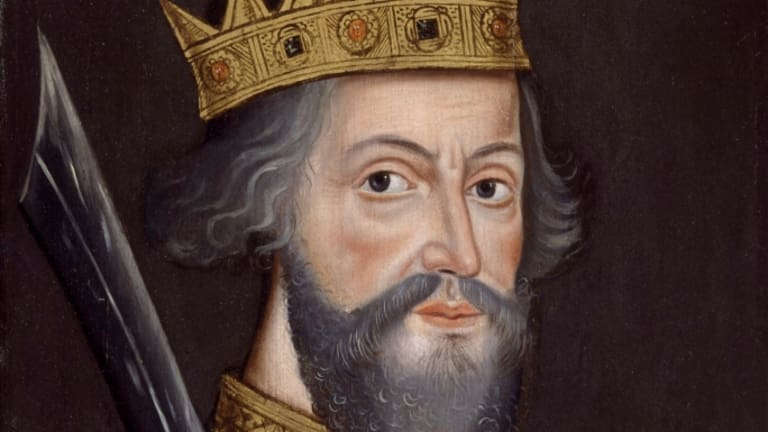
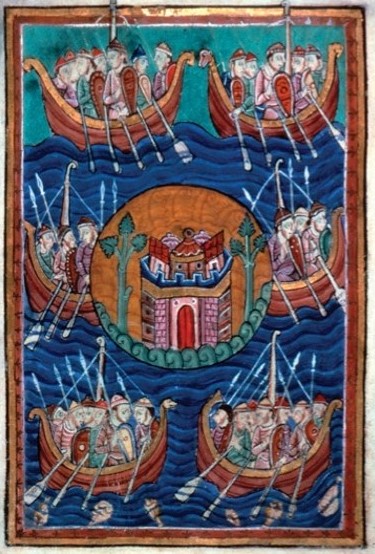
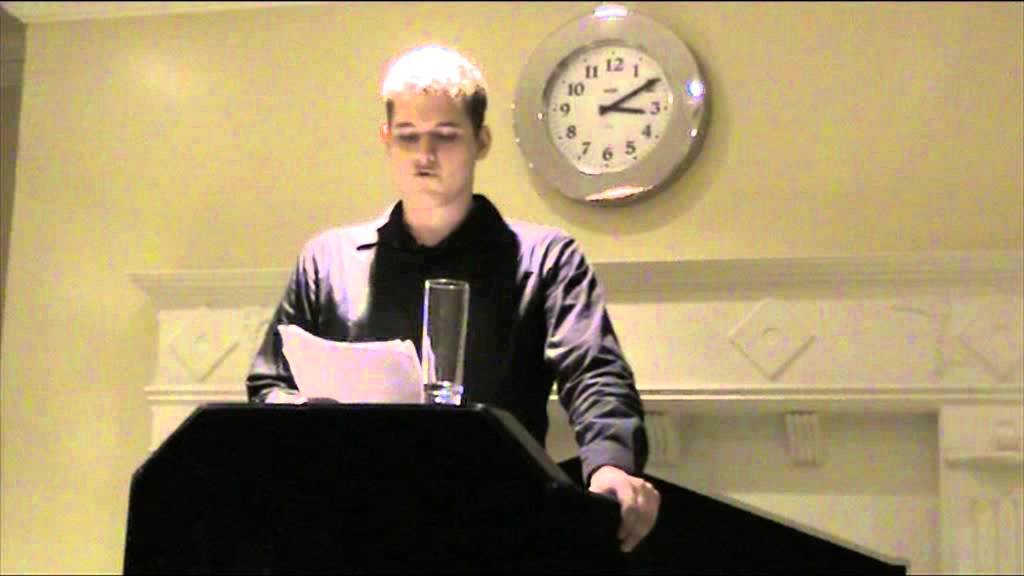
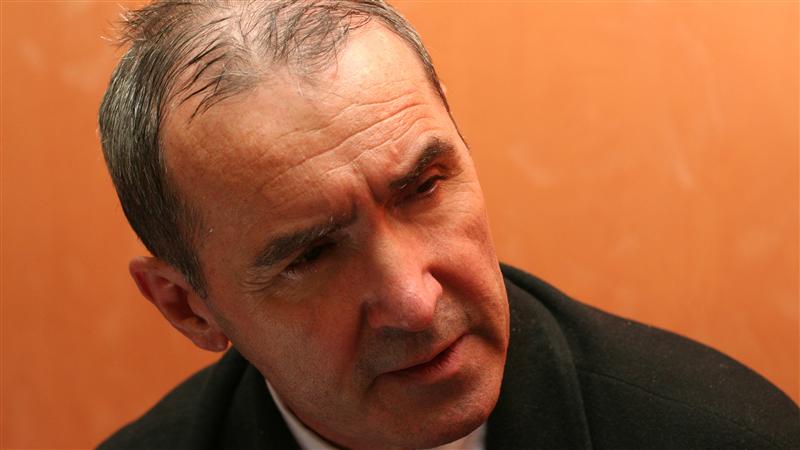


Be the first to comment on "Sanctifying the Norman Yoke: William the Conqueror, the Angelcynn Church and the Papal Revolution"